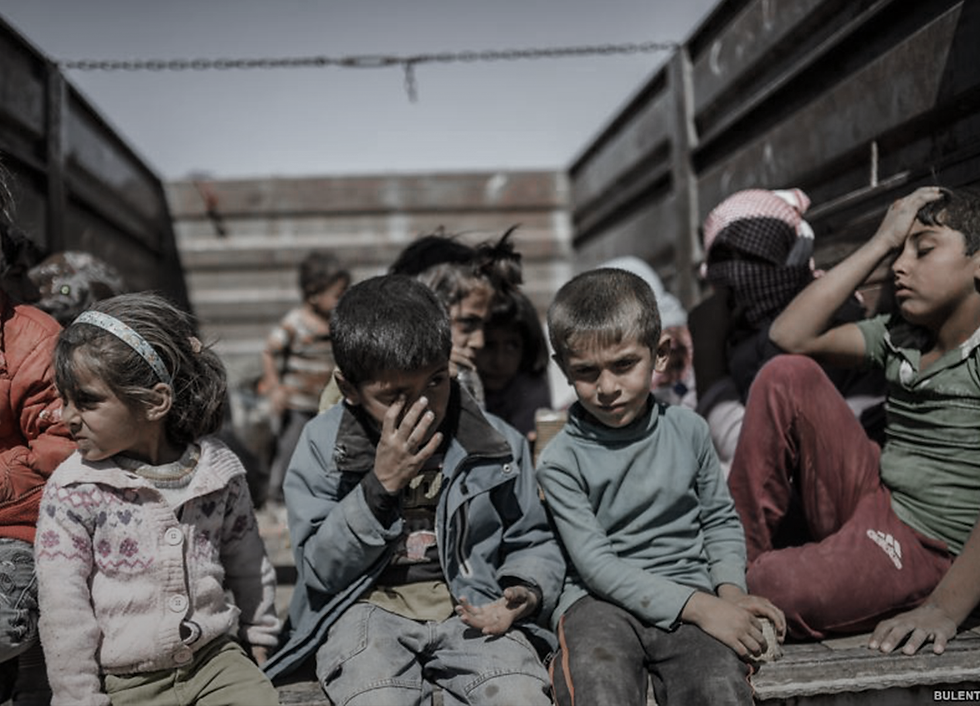006: Myanmar and the Ethnic Cleansing
- Aishwari Krishna

- Dec 8, 2018
- 2 min read
The Rohingya Crisis of Myanmar has captured headlines for the last seven years with its intensive humanitarian crisis based upon the genocide of a certain population within the nation. Opinionated articles flood Google, and yet, most don’t include key information in attempt to solve the issues that plague innocent civilians being persecuted.
People belonging to the Rohingya ethnicity have had restricted rights within Myanmar because they are not included on the list of approved nationalities. Residents from this minority are denied citizenship, and according to the BBC, refugees to have been attacked, and victims of arson as well.
According to the United Nations, "Myanmar's security forces have fired indiscriminately on unarmed civilians, including children, and committed widespread sexual violence." Besides the imminent malnutrition faced by the Rohingya people, the effects of which can also be addressed by bioprinting as in South Sudan, there are also numerous other violent acts which are contributing to a loss in health and a rise in organ damage.

Bullet wounds can cause three times of injury—penetration, cavitation or fragmentation. Penetration disrupts or destroys the flesh, cavitation leaves a hole in the body, while in fragmentation, the bullet shatters and leaves shards in the body. Any of these three types of wounds can be fatal due to the damage they cause to vulnerable organs, such as the heart, lungs, kidneys, and more.
Often times, these wounds can be patched up by suturing (or stitching) the hole, but especially in the case of fragmentation, it can be extremely difficult to fix. Some bullets can cause even more damage to internal organs, by tearing them severely or making large holes in them. By transplanting the organ, the operation would become simpler, and reduce possible complications. Since three dimensional bioprinting makes organ transplant much easier, and a more viable option by reducing the time it takes to obtain an organ, and the risks to the patient, it is likely that it would be a more feasible option in the future.
Not only this, but many people are affected by diarrheal infections, which causes death in children due to dehydration, or even intestinal damage. These intestines could be replaced using three dimensional bioprinting, therefore saving lives and preventing further loss of life.
Clearly, bioprinting can help save lives in Myanmar through the replacing of organs affected by either bullet wounds or diarrhea. As two things which kill large numbers of the Rohingya population, this could help prevent the effects of genocide from staying at fatal levels.



This website is resourceful as well as fun to read. I will be using it in my biology classes and recommending it to my friends :)